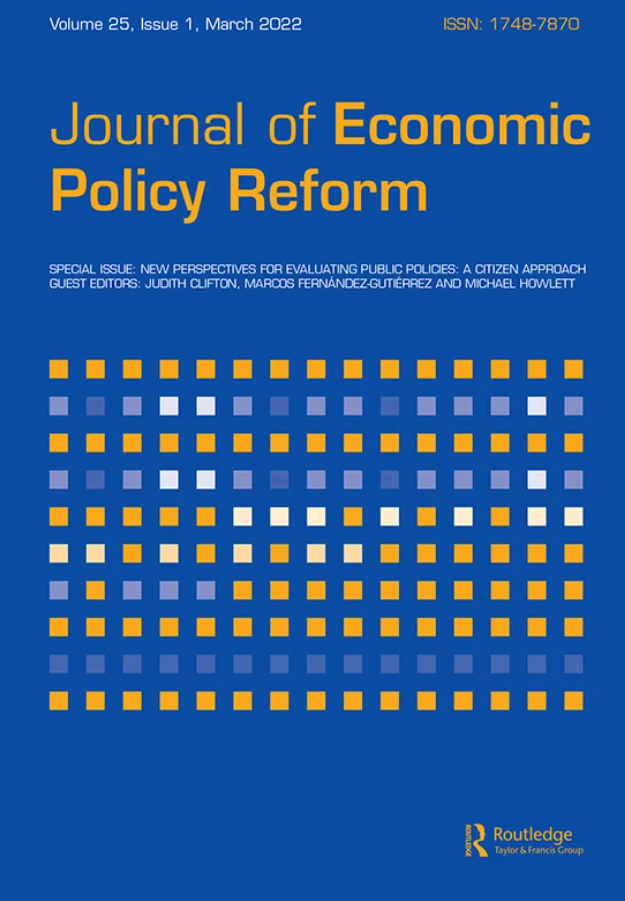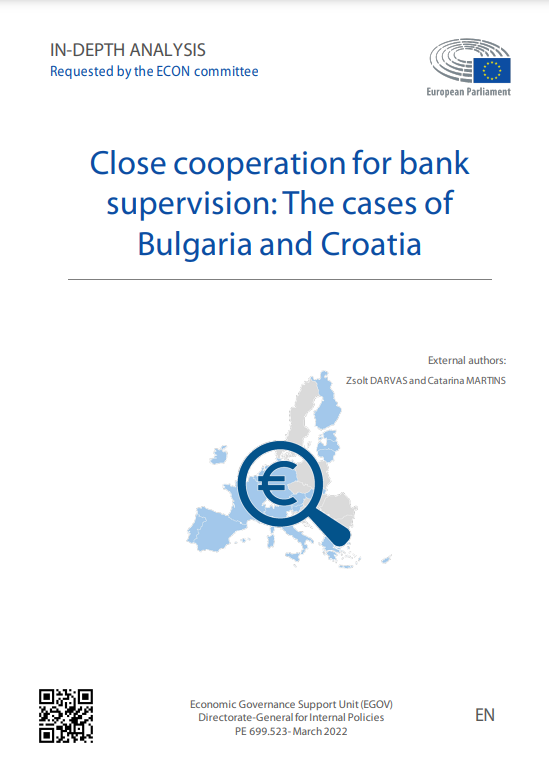Blog Post
Developing resilient bail-in capital
Europe’s largest banks have made progress in issuing bail-inable securities that shelter taxpayers from bank failures. But the now-finalised revision of the bank resolution directive and a new policy of the SRB will make requirements to issue such securities more onerous for other banks. In order to strengthen banking-system resilience, EU capital-market regulation should facilitate exposures of long-term institutional investors.
The ECB’s March policy meeting announced not just a delay in the expected interest-rate hikes, but also a new round of bank refinancing operations (the so-called LTRO-III). Additional bank funding was justified by substantial amounts of bank bonds falling due just as the previous round of refinancing operations comes to an end. In addition, as of last year, funding policies of European banks have been geared to comply with two new regulations: requirements for long-term liquidity, and also the increasingly prominent need to raise funds with substantial amounts of bail-inable liabilities.
Raising bail-in capital will loom large for Europe’s smaller banks
Bail-in securities are exposed to a write-down once a bank enters a resolution process, and provide an additional buffer against taxpayer-funded bailouts.
The world’s largest banks (‘G-SIBs’, seven of which are headquartered in the euro area) were already required to issue such securities (known as ‘TLAC’) based on standards set by the Financial Stability Board in 2015. The EU bank resolution directive (‘BRRD’) introduced the equivalent concept of ‘Minimum Requirements for Own Funds and Eligible Liabilities’, or MREL.
TLAC and MREL represented a new concept in international debt markets, and required changes in how domestic law defines creditor hierarchies. Most EU countries created a new category of creditors, forcing banks to issue new instruments or convert outstanding liabilities at a cost. Others, most notably Germany, simply subordinated existing liabilities. The so-called banking package adopted by the European Parliament last week has now unified TLAC and MREL, and tightened the requirement for the issuance of sub-ordinated debt. In the euro area the requirement to raise such funds is now gradually enforced by the Single Resolution Board (SRB).
In aggregate, euro-area banks seem to have made good progress in issuing such instruments. The December inter-agency report on risk reduction found that 14 member states exhibited a shortfall relative to targets in effect at end-2017, though this was only about 2% of the total assets.
Europe’s G-SIBs have comfortably met their interim targets for TLAC in January. G-SIBs have kept their bond issuance roughly steady since the financial crisis, though progressively sold more bail-inable securities, which by now constitute half of the roughly €250 billion annual bond issuance.
But Europe‘s smaller banks seem to confront a greater problem. Analysis by the ECB suggests not only that overall issuance by these banks has halved since 2010, but also that bail-in securities amount to only about 20% of this diminished issuance.
For smaller banks the requirement to raise MREL was only gradually introduced following the adoption of the BRRD in 2015, beginning with the more complex banks. The requirements for sub-ordinated debt under the banking package and a new SRB policy are likely to further raise the requirements for many banks. Crucially, this SRB policy sets requirements not just at group level but also for individual subsidiaries.
These banks suffer from a long-running profitability problem and will now need to issue more costly securities to a relatively inexperienced investor base.
Investors in bail-in securities should make the financial system more resilient
The type of investors that hold MREL will have key implications for how bank funding costs will evolve in the next financial crisis.
Once an individual bank comes close to resolution, short-term investors – such as hedge funds – may flee the asset, leading to a rapid deterioration in funding costs and possibly bringing forward the bank’s point of failure. Moreover, the smaller banks which now begin to sell increasing amounts of MREL will be similar in terms of business model or be exposed to similar asset problems, be it from private-sector excess debt or from concentrated holdings of government securities. A common creditor base of short-term investors could therefore set off contagion – from one institution that comes close to resolution, to others with similar perceived risks, if allocation to the entire asset class is reduced. There will likely be collective bouts of enthusiasm and flight from bail-in securities in individual jurisdictions.
From the outset, BRRD was conceived to deal with idiosyncratic bank failures, and its inherent flaw in dealing with a systemic crisis was well understood. Europe’s short and intermittent history with resolutions as yet does not offer a sufficient case history to assess how investors would behave in a situation of wider banking-sector stress.
Financial-sector supervision should therefore monitor this emerging asset class and its investor base. MREL exposures between banks could aggravate contagion across the banking sector and rightly incur high capital charges. Direct exposures by retail investors should also be limited, and in any case may be exempted from bail-in under the BRRD.
Capital-market regulation should therefore find ways to encourage long-term investors, such as pension and insurance funds, to take on more significant exposures. This could be done, for instance, through requirements for capital coverage and asset valuation in the regulation of insurance funds. As financial system risks have been reduced, and risks have become less correlated between insitutions, bail-in securities could become a more established asset class.
Republishing and referencing
Bruegel considers itself a public good and takes no institutional standpoint. Anyone is free to republish and/or quote this post without prior consent. Please provide a full reference, clearly stating Bruegel and the relevant author as the source, and include a prominent hyperlink to the original post.










